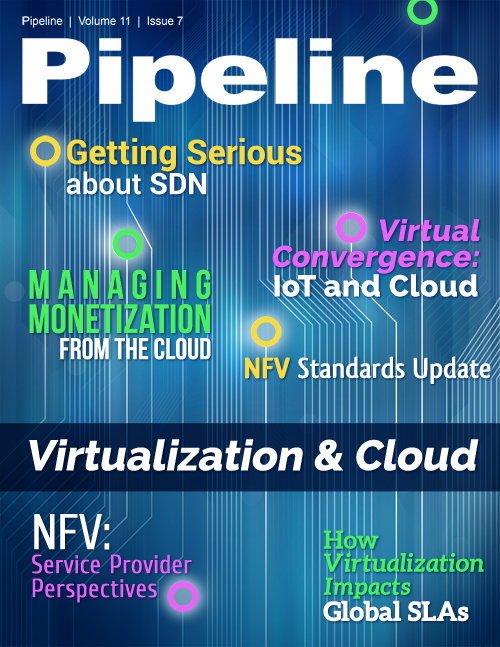Virtual Convergence: The Internet of Things and the Cloud
Intel
Intel is highly active in IoT, and not just as a sponsor of innovation labs and silicon guru, but also as the architect of the Intel Internet of Things Solution Alliance. Intel’s IoT Platform is both an end-to-end reference model and a family of products from Intel, that works with third party solutions. The platform provides a foundation for seamlessly and securely connecting devices, delivering trusted data to the cloud, and delivering value through analytics. Intel focuses on four core elements of IoT solutions:
-
Security: Deliver trusted data with a tight integration of hardware- and software-based security that starts where data is most resilient to attack;
-
Interoperability: Utilize technologies that seamlessly communicate to one another, help accelerate time to market, and reduce the cost of deploying and maintaining IoT solutions;
-
Scalability: Achieve scalable compute from edge to cloud with processors from Intel Quark to Intel Xeon, and Intel-based devices, gateways, and datacenter solutions; and
-
Manageability: Get advanced data management and analytics from sensor to data center.
Amdocs
Amdocs is leveraging its M2M Enablement Suite to give service providers will have the tools they need to turn IoT into a significant growth engine. Amdocs’ Kfir Dan Ari recently gave a presentation at Israel’s first Internet of Things conference titled “The Internet of Wine,” which examined how a model winery could be enhanced with connectivity. This is just one vertical out of thousands that could benefit from IoT. Amdocs M2M Enablement suite helps service providers move beyond connectivity and into providing customers with device management, partner management, application enablement, professional services, big data and analytics, and connectivity.
Amdocs’ Kfir Dan Ari’s presentation titled, “The Internet of Wine,” looked at connecting a model winery. The truth is this presentation could have focused on health care, security, connected car, or any of the hundreds of other verticals M2M is poised to disrupt.
Through his presentation, Kfir seamlessly connected the disparate pieces of the Internet of Things, as they related to the wine industry, weaving them together in an interesting narrative that created monetizable points for service providers. AT&T, for example, is already using Amdocs for its Drive Studio.
Security implications
The power of objects in the Internet of Things (IoT) to change the state of environments — in addition to generating information — will cause chief information security officers (CISOs) to redefine the scope of their security efforts beyond present responsibilities, according to Gartner, Inc. Gartner predicts that IoT security requirements will reshape and expand over half of all global enterprise IT security programs by 2020 due to changes in supported platform and service scale, diversity and function.
"The IoT is redrawing the lines of IT responsibilities for the enterprise," said Earl Perkins, research vice president at Gartner. "IoT objects possess the ability to change the state of the environment around them, or even their own state; for example, by raising the temperature of a room automatically once a sensor has determined it is too cold or by adjusting the flow of fluids to a patient in a hospital bed based on information about the patient's medical records. Securing the IoT expands the responsibility of the traditional IT security practice with every new identifying, sensing and communicating device that is added for each new business use case."
What is the best move?
With all of the activity in IoT, all of the potential verticals, and nascent ecosystem, it can certainly be confusing for a service provider. One smart move, as Amdocs indicates, is to think beyond connectivity and into additional services. Service providers should consider their cloud strengths and strategy, and how it supports IoT services. Time to market is essential, so a turnkey strategy from an established player like Jasper might make sense for some verticals. Partnering with the right providers who are likely to maintain relevance in the IoT market is essential. Additionally, service providers must consider the security implications of an IoT solution portfolio, and how it impacts global SLAs for multi-national enterprise customers.



















